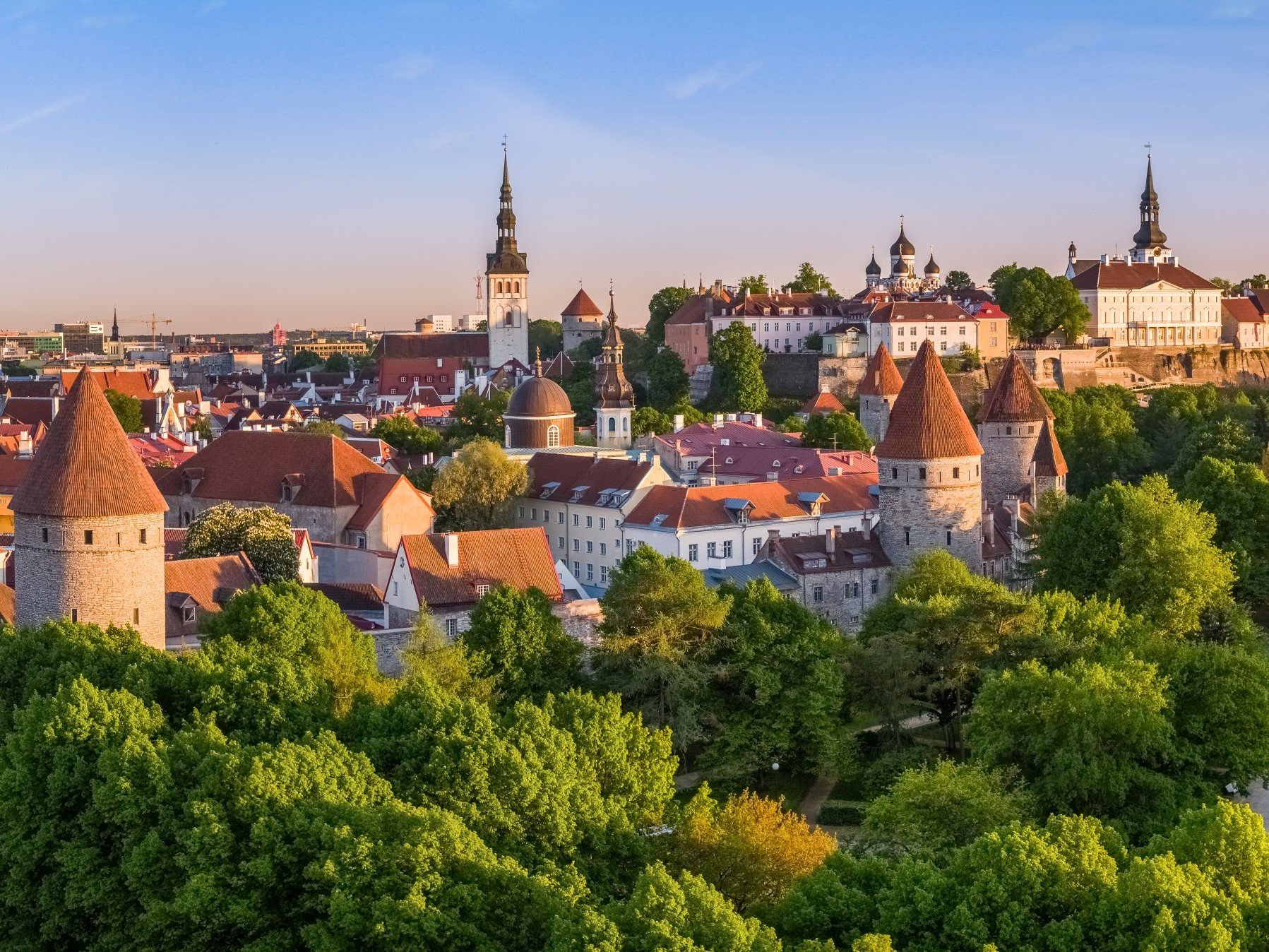This week, Tallinn, the capital of Estonia, will hand over the title of European Green Capital to Valencia in Spain.
“We used the Green Capital year to make decisions with long-term impact. In cooperation with Utilitas, Tallinn invested in new sources of renewable energy, that is sewage and seawater heat pumps, in order to ensure thermal energy price stability, energy security and significantly reduce the city’s carbon footprint,” Tallinn Mayor Mihhail Kolvart said.
“Last year, the city also initiated the Test in Tallinn program, within the framework of which 13 companies test their new technologies in the field of mobility and energy. However, the basis of all changes is a change in mindset brought about by the year of the Green Capital,” Kolvart added.
“Tallinn was the first capital in Europe to implement reusable solutions on such a large scale — an environmentally friendly Youth Song and Dance Festival brought together over 100,000 participants and visitors, and thanks to reusable plates and cutlery, altogether 2.3 tons of waste was not generated. Organizers of major summer concerts also used the same solution,” Krista Kampus, manager of Tallinn European Green Capital 2023, said.
During the year of the Green Capital, the tactical urbanism project “Green Tracks” was launched to test different solutions related to the development of urban space and to receive feedback from residents about them. For example, a summer park was created on the Town Hall Square, which turned out to be so successful that it will be opened again next summer.
New public leisure areas were created by Pirita beach and around the Linnahall arena. As innovative solutions, trees hindering construction were replanted, while the intensity of mowing on the land owned by the city was reduced during the hot summer period. The “Green Tracks” project will continue this year as well.
During the year of the European Green Capital, Tallinn’s priority was also to use and test various new formats for the involvement of residents.
“For the first time, a Green Capital people’s assembly was organized, with which the citizens were invited to discuss topics concerning the city’s green network and landscaping planning. The people’s assembly made 39 proposals and handed them over to the city in November,” Kampus said.
“‘Let’s Create Together’ support in the amount of 1.2 million euros was distributed to 48 projects so that all the city’s citizens, companies and non-profit organizations could be part of the Green Capital and implement their environmental ideas,” she added.
In connection with the approval of the OECD report in the year of the Green Capital, Tallinn received a big boost for the promotion of the circular economy and the development of Tallinn’s circular economy action plan, which will be started this year. Reuse rooms and repair workshops were also created at Tallinn’s waste centers and the construction of the first circular economy center was started.
Source: BNS
(Reproduction of BNS information in mass media and other websites without written consent of BNS is prohibited.)






















